Social Media Insights: A Guide to Data-Driven Organic Marketing
Social media is no longer just a platform to share updates—it’s a vital tool for growing your business, connecting with customers, and making data-driven decisions
This can be done quarterly, annually or monthly it is up to you and how you can maintain your creativity in one block.
The first thing you can do to your planner is to fill in all the public holidays; you can then go and pre-schedule those days. This can be done for the entire year using the Facebook publishing tool.
Using the Canva app you can create templates for your posts such as testimonial templates or blog templates. This can be helpful and timesaving.
Your templates should consist of two colours other than your grey white and black and should not have more than two fonts, this can create a much more appealing feel.
Another quick hack is downloading the Word Swag app, import templates from Canva and use all kinds of cool Fonts to spice up your posts.
Keeping consistency in the colours and fonts of your posts is very important when creating a positive appeal for your page.
Now you can start filling in the days that you are going to post on each different platform.
For platforms such as LinkedIn, GoogleMyBusiness, and Instagram it is suggested that you choose one day a week. This can be planned in a way where content that has been done on Facebook the week before, can be looked at to find the best things you have that will work well for Instagram – These are posts that may have a good picture or a short catchphrase or tip.
You can also look at posts that show your credibility and expertise for example and use that post for LinkedIn – remembering the 3-5 to the point hashtags, unlike Facebook and Instagram where the more creative and trendy hashtags are more used.
Once you have provided all the relevant content to its platform you need to now engage.
Social media is all about engagement. For example, add a couple of new friends every time you make a post on LinkedIn and follow a couple of relevant pages that are in your industry. Replying to and liking comments is a great way to keep engaged and growing your business.
Keeping a list of trending hashtags is a good way of staying in the loop as well as creating your hashtag relevant to your business may be with some appeal.
A good hack is keeping three columns for your hashtags, such as a green, yellow and a red column, green being your everyday hashtags, the ‘ is what it is ‘ column, the orange column could be the hashtags that are more relevant to you or your business, and in the red column you can put your quirky, out there hashtags such as the one you have created for yourself.
Some pages and particularly groups have themed days such as motivational Monday, the pro of that is that there is consistency, your audience knows its coming, however, when you don’t feel like posting that theme on its particular day to post about an upcoming event, for example, your audience is now not getting what they expect and this could be a downfall.
Getting video testimonials from somewhere (YouTube) and saving those is a good way to re-purpose your testimonials; you can schedule them to come out throughout the year.
With your Facebook reviews you can take a screenshot of the review remembering you still need to say something about the post as Facebook cannot read pictures, we don’t want to post images without text that leads to the content of the image, especially on Facebook, this is how we tell the algorithm what’s happening.
Even if you have ten Testimonials and you share one a week, you can just keep regurgitating those, just remember call to action is very important.
There are a couple ways to induce these into your content plan, if you did one blog a month, your blog could be called 9 ways to do this or that relative to your business and relative to what people have been asking you, you can now break that apart and you now also have content to share, in this instance 9 different tips that can be posted individually.
Follow-up, this is where the magic happens and we must make sure that if we have a promotion or webinar we have to follow up on them.

Social media is no longer just a platform to share updates—it’s a vital tool for growing your business, connecting with customers, and making data-driven decisions

The festive season in Australia is not just about decking the halls—it’s a massive opportunity to drive traffic, boost sales, and show your audience why

https://youtu.be/yi_rf-dIFUIMany businesses that fail to analyse their competitors risk being left behind. A thorough competitor analysis helps you understand the market, identify opportunities, and differentiate

